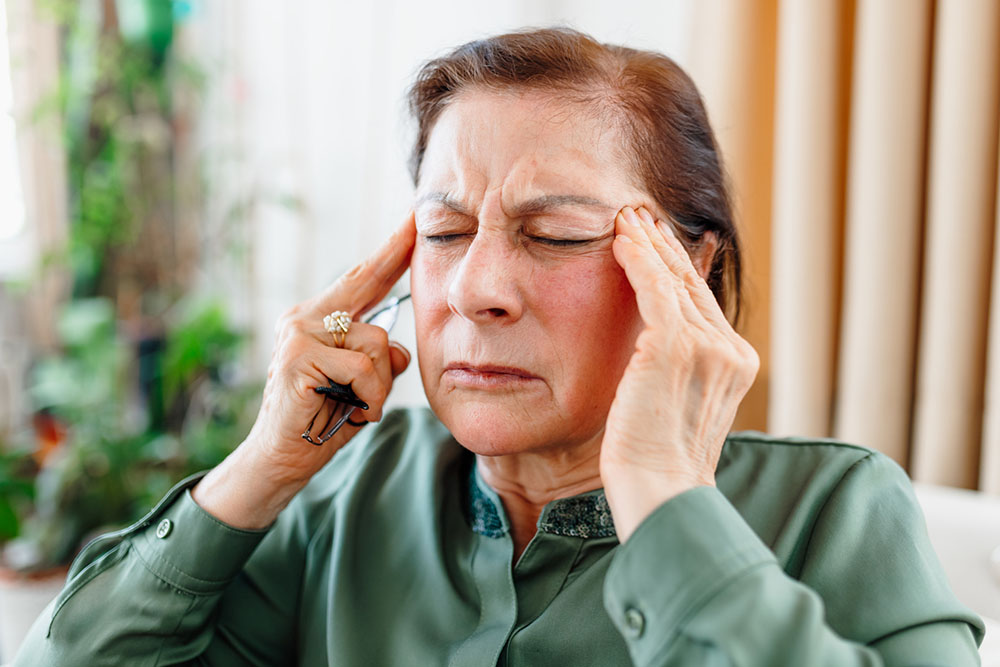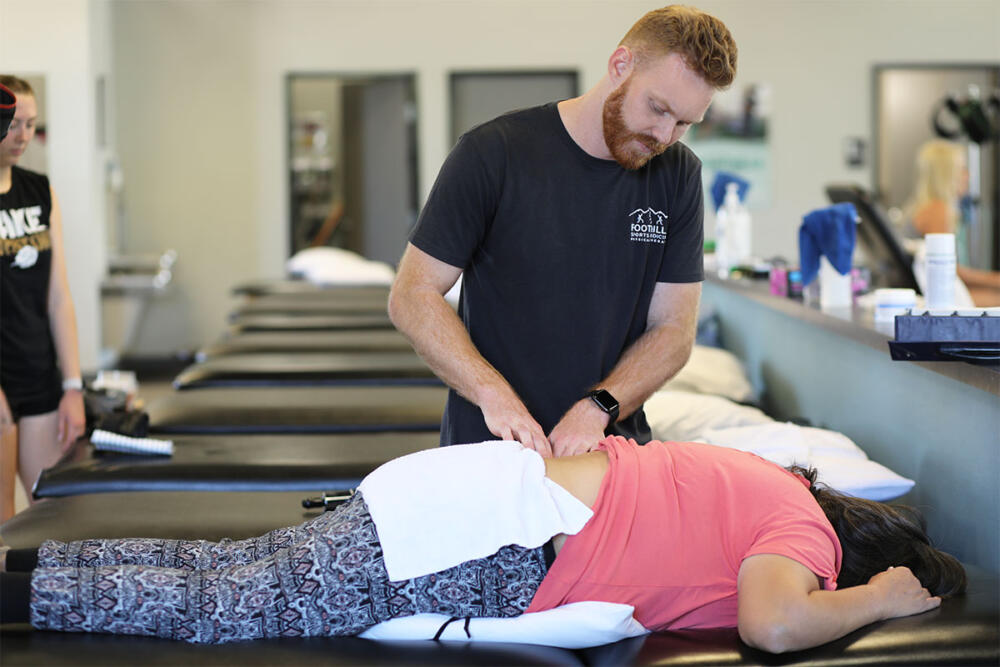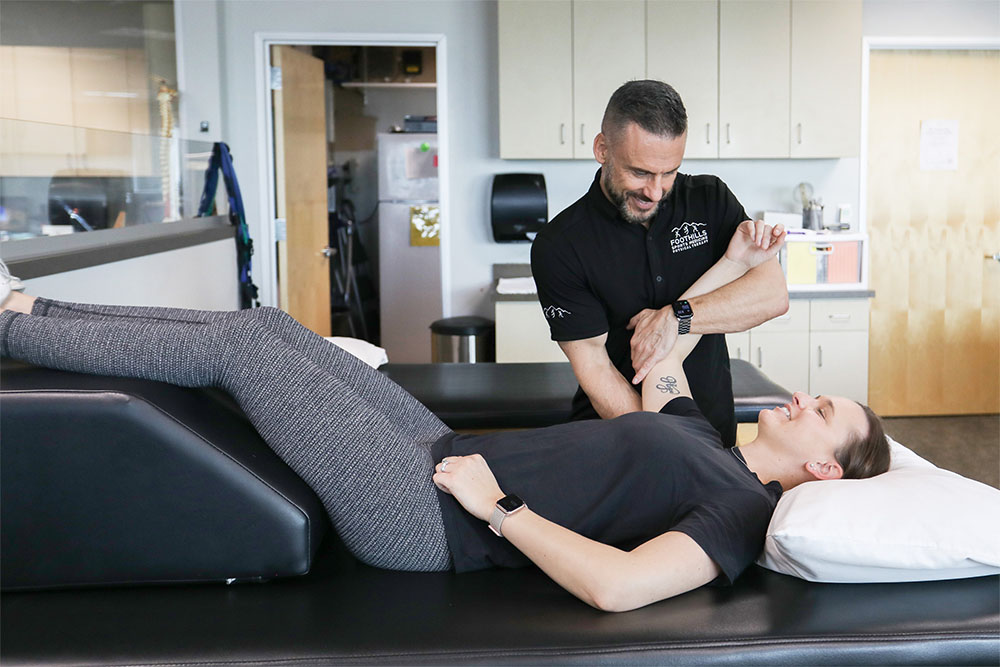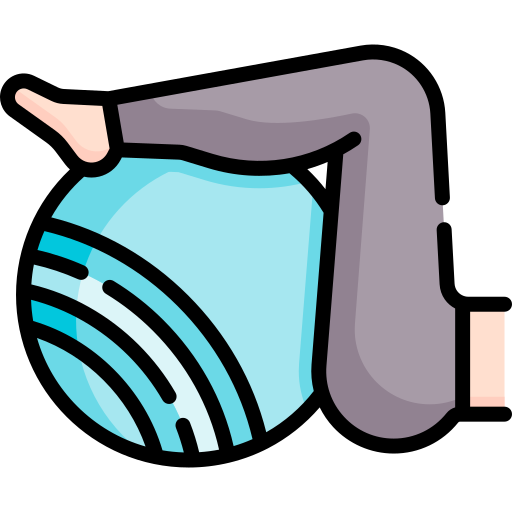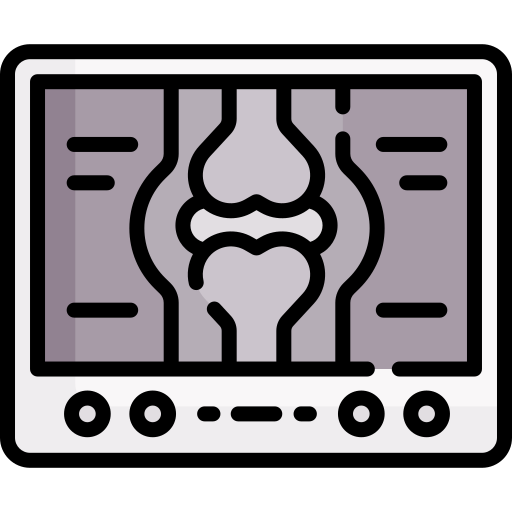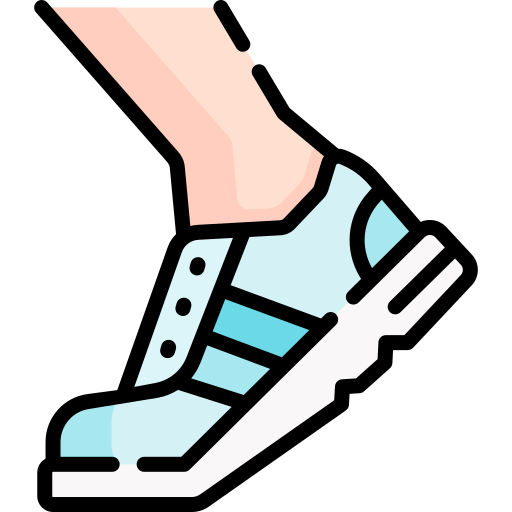Living with chronic pain can be tough. It’s a pain that lasts for a long time, and it can make everyday life difficult. But there are ways to manage it. This article will help you understand more about chronic pain and how to deal with it.
Key Takeaways
- Chronic pain can come from many different causes and affects daily life in many ways.
- There are treatments that don’t involve medicine, like physical therapy and talking with a therapist.
- Changing your lifestyle, like eating better and exercising, can help manage pain.
Understanding Chronic Pain
Types of Chronic Pain
Chronic pain can be classified into several types, including nociceptive pain, neuropathic pain, and psychogenic pain. Nociceptive pain arises from tissue damage, while neuropathic pain is due to nerve damage. Psychogenic pain, on the other hand, is linked to psychological factors.
Causes and Risk Factors
There are many causes and risk factors for chronic pain. Injuries, surgeries, and diseases like arthritis can lead to chronic pain. Risk factors include age, genetics, and lifestyle choices such as smoking or lack of exercise.
Impact on Daily Life
Chronic pain can greatly affect daily life. It can make simple tasks difficult and reduce the quality of life. People with chronic pain often experience fatigue, sleep problems, and mood changes.
Living with chronic pain can be challenging, but understanding its types, causes, and impacts can help in managing it better.
Non-Pharmacological Treatments

Physical Therapy
Physical therapy is a common approach to managing chronic pain. It involves exercises and stretches that help improve mobility and reduce pain. Regular sessions can lead to significant improvements in strength and flexibility. Therapists may also use techniques like massage and heat therapy.
Cognitive Behavioral Therapy
Cognitive Behavioral Therapy (CBT) helps people change the way they think about pain. This therapy teaches coping strategies and problem-solving skills. CBT can be very effective in reducing the emotional distress that often accompanies chronic pain.
Alternative Therapies
Alternative therapies include methods like acupuncture, chiropractic care, and yoga. These treatments can offer relief for some people. They are often used alongside other treatments to provide a more comprehensive approach to pain management.
Combining different non-pharmacological treatments can often lead to better outcomes for those suffering from chronic pain.
Pharmacological Treatments
Over-the-Counter Medications
For many people, over-the-counter (OTC) medications are the first line of defense against chronic pain. These include common drugs like acetaminophen and nonsteroidal anti-inflammatory drugs (NSAIDs) such as ibuprofen. OTC medications can be effective for mild to moderate pain and are easily accessible.
Prescription Medications
When OTC medications are not enough, doctors may prescribe stronger drugs. These can include opioids, antidepressants, and anticonvulsants. Prescription medications are often tailored to the specific type of pain and the patient’s overall health. It’s important to follow the doctor’s instructions carefully to avoid complications.
Potential Side Effects
All medications come with potential side effects. Common side effects of pain medications can include drowsiness, nausea, and constipation. More serious risks, like addiction and liver damage, can occur with long-term use. Always discuss the risks and benefits with your healthcare provider.
Managing chronic pain often requires a combination of treatments. It’s essential to work closely with your healthcare team to find the best approach for you.
Lifestyle Modifications for Pain Management
Diet and Nutrition
Eating a balanced diet can help manage chronic pain. Foods rich in omega-3 fatty acids, like fish, can reduce inflammation. Staying hydrated is also important. Avoiding processed foods and sugars can make a big difference.
Exercise and Physical Activity
Regular exercise can improve your overall health and reduce pain. Activities like walking, swimming, or yoga can be very helpful. Start slow and gradually increase your activity level. Consistency is key to seeing benefits.
Stress Management Techniques
Managing stress is crucial for pain management. Techniques like deep breathing, meditation, and mindfulness can help. Joining a support group or talking to a therapist can also be beneficial.
Making small changes in your daily routine can have a big impact on managing chronic pain. It’s important to find what works best for you and stick with it.
Conclusion
In the end, managing chronic pain is about finding what works best for each person. There are many ways to help, like medicine, physical therapy, and talking to a counselor. It’s important to try different things and see what helps the most. Remember, everyone is different, and what works for one person might not work for another. Keep talking to your doctor and stay hopeful. With the right plan, you can live a better life even with chronic pain.


